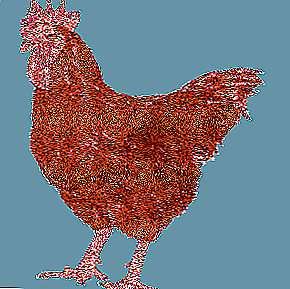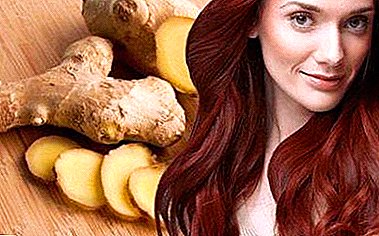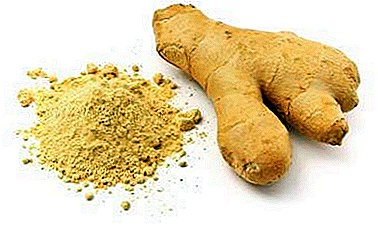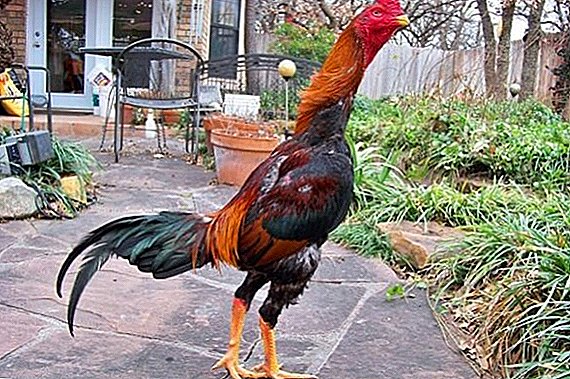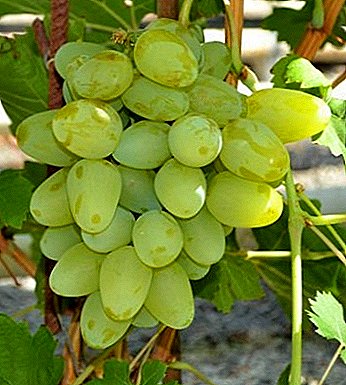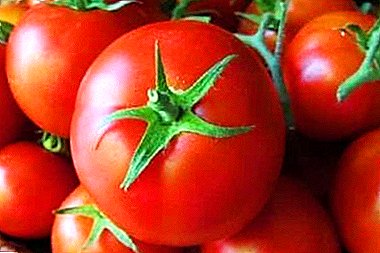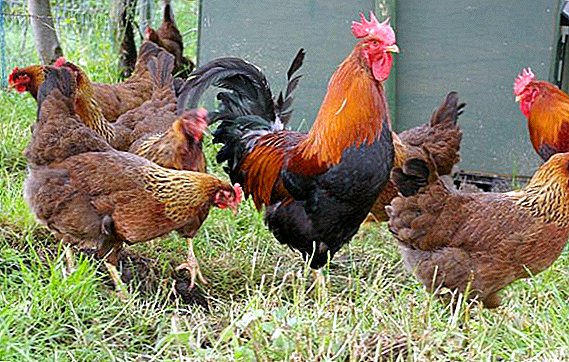 Nowadays, a lot of breeds, rulers and crosses of chickens have been bred, which allows poultry farmers to choose the most suitable layers for their purposes. But if a breeder wishes to improve the performance of his clutch, he can not only use the result of the work of specialists, but also cross the birds on his own. And often home breeders get quite good specimens.
Nowadays, a lot of breeds, rulers and crosses of chickens have been bred, which allows poultry farmers to choose the most suitable layers for their purposes. But if a breeder wishes to improve the performance of his clutch, he can not only use the result of the work of specialists, but also cross the birds on his own. And often home breeders get quite good specimens.
Why cross chickens
There may be several goals for crossing chickens:
- the appearance of offspring, which is better in terms of productivity and endurance than parents, i.e., to improve the breed;
- getting new coloring plumage;
- breeding new breed with the necessary qualities of productivity, reproductive characteristics, viability.

Depending on the goals, there are several types of crossing:
- Introductory - implies the improvement of the qualities of the main individual by rushing the blood of an individual with improved characteristics. As a result of crossbreeding, new abilities and characteristics appear in the main breed while preserving the basic qualities.
- Variable - is made in order to cross the already obtained hybrids with purebred birds.
- Production - is carried out in order to improve the egg production or meat quality of birds. Or withdraw individuals with high rates of egg production and meat.
- Absorbing - at the same time not two but more breeds intersect. At the first stage, 2 individuals are crossed: one is the main, the other is the improving. At the second stage, the received individual is crossed with another improving breed, etc.
- Reproductive - it has two tasks: to improve performance and improve external data. This method is the most popular among breeders.
Important! The main condition for crossing chickens in private households is the separate maintenance of the crossed individuals. This applies to both the chicken coop and the open-air cage.
As a result of crossing you can achieve the following results:
- in the younger generation, the indicators of body weight of the main breed are preserved and the egg-laying index improves;
- in young stockings, egg production remains high, while meat quality is improved;
- in newly hatched chickens, the laying period of eggs is prolonged and the number of eggs laid increases.

Did you know? Fertilized eggs are as good in food as sterile ones. They do not differ either in taste or in their benefit.
Popular breeds for crossing
We suggest that you consider what results can be achieved by mating certain breeds of hens and roosters.
| Chicken breed (direction) | Rooster breed (direction) | Result |
| Leggorn (egg) | Cochinquin (meat) | Maintaining high egg production from leggorn - up to 300 eggs per year; improvement of meat quality in young animals due to delicious tender meat from the "dad"; receiving males weighing up to 3.5 kg, females - up to 2.6 kg. |
| New Hampshire (Meat) | Plymouth Brook | Juveniles receive the following characteristics: early ripeness - reaches a weight of 3 kg at 2.5 months of age; high quality meat. |
| Ross 308, Cobb 500 (broiler) | Wyandot (meat meat) | The younger generation has the following features: rapid weight gain - 3 kg at 4 months of age; average annual egg productivity - up to 200 pieces; high viability; simplicity in the care and feed. |
| Plymouth Brook | New Hampshire (Meat) | The offspring acquires a good level of egg production, characteristic of Plymouths - up to 250 units per year, and good body mass indicators - up to 3 kg. |
This table is an example. Each poultry farmer can take it as a basis, based on its breeds and the desired crossing objectives. 
Did you know? The rooster can cover up to 30 females in a row. However, the optimal amount is not more than 10. After one cover, the chicken is able to hatch fertilized eggs for 10-12 days.It should be understood that when crossing it is not always possible to achieve the desired result. You can make a similar table by making approximate calculations based on the color of plumage, egg production and meat qualities. However, for this it is necessary to study the relevant scientific information. So, for example, according to the laws of genetics, if you cross individuals with white and gray plumage, then brown chickens will hatch in the first generation. In the second, splitting into a gray, brown, cream, beige color of the feather will occur.
When mating breeds such as: Leggorn, Cochinquin, New Hampshire, Plymouthrock striped and Wyandot, you can get good results.
Basic rules for crossing
In order to successfully crossbred, you must adhere to several rules:
- When selecting the main breed, the quality of which I would like to slightly improve, and breeds of the improving type, select the best individuals in terms of performance, exterior, health.
- It is impossible to cross the related individuals - in order to avoid the occurrence of anomalies, defects, reduce the viability of the young.
- It is necessary to competently approach the selection of improving breed. For example, if there are specimens in the farm, which are characterized by an excellent weight gain, but their egg production is “lame”, then for breeding you should choose the bird that has high indicators in terms of egg laying, and at the same time gains weight well. In this case, the new generation is likely to improve egg production rates.
- Females always act as an improved breed, and cocks as an improving breed.
- The selection of the rooster should be approached with particular responsibility. It should have a mass that meets the breed standard, a beautiful comb of bright color, healthy appearance, lively eyes.

Important! For the first generation, only purebred chickens should be selected.
Frequent mistakes
Of course, if you are not a geneticist and not a professional breeder, you will not be able to constantly carry out successful and error-free crossing. However, some errors can be avoided by knowing how to prevent them.
Check out the rating of chickens meat and egg productivity.
The most common errors are:
- The content of chickens and roosters of various breeds in one coop and a place for walkingif it is planned to get some definite result from their crossing. Specimens for mating and for obtaining "special" young stock should be kept separately.
- Making a pair of rooster with a massive body and small chicken. This is fraught with injury to the female during copulation and problems with the oviduct in newly hatched chickens, since there is a chance that they will have large eggs.
- Mating hybrids. There is no guarantee that their best performance, which was achieved earlier, will be passed on to the younger generation. Most often, the offspring of such matings is born unviable.
 If there is a desire to improve the productivity, vitality and decorativeness of domestic chickens, you can make an improvement in any characteristics of one breed by crossing with another. Often home breeding is so exciting farmers that it becomes for them a kind of hobby or an exciting activity. By avoiding common mistakes and following the recommended rules, good results can be obtained from crossing.
If there is a desire to improve the productivity, vitality and decorativeness of domestic chickens, you can make an improvement in any characteristics of one breed by crossing with another. Often home breeding is so exciting farmers that it becomes for them a kind of hobby or an exciting activity. By avoiding common mistakes and following the recommended rules, good results can be obtained from crossing.

